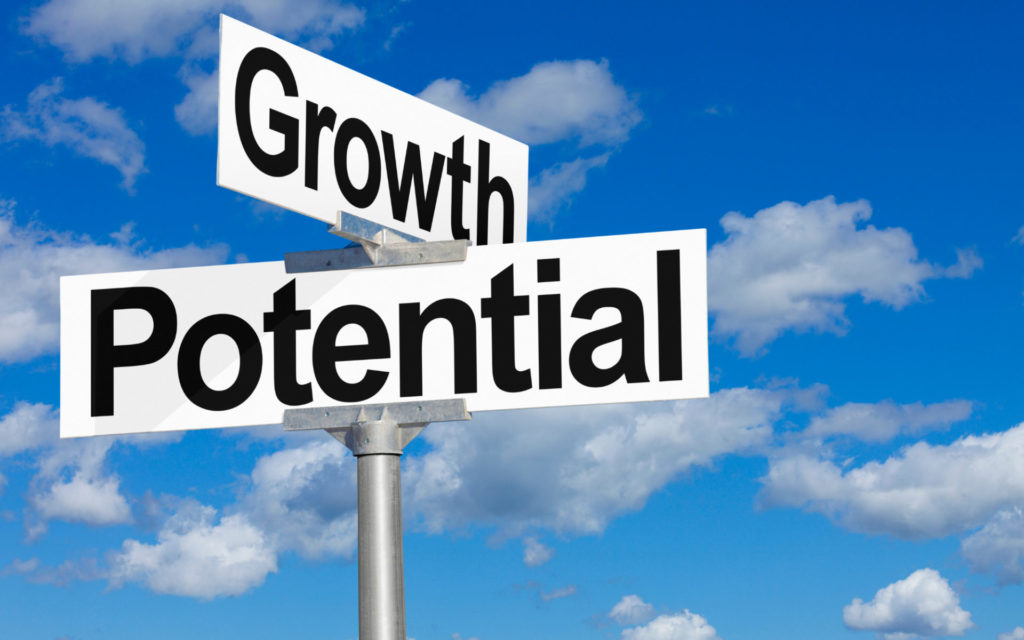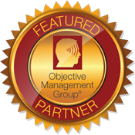Before you decide whether you want to put in the time to develop your sales team, you probably want to know what your business’s growth potential is. You’ll probably also what to know what your return on investment will be after taking the time to train and coach your sales team.
This is quite a complex calculation, but using the right evaluation tools it is possible to understand growth potential expectations, and when this is combined with a pipeline analysis, ROI can also be determined.
In order to assess growth potential, an effective sales pipeline needs to be in place. If you have a documented process to follow, that includes milestones which need to be reached you can calculate probability based on actual measurable progress, rather than presumptions from ‘gut-feelings’.
It also allows your team to sell proactively, rather than reactively. There is no point in looking in your ‘rear view mirror’ to work out where you are headed. If you want to work out your growth potential, it lies with working out what skills you have on board, what needs to be developed, and then the plan of action once that development has been implemented.
There is certainly a requirement to understand the difference between training and development. Yes, in some circumstances sales training can be beneficial, but there is no point in throwing training at your sales department and hoping it sticks – as the likelihood is that it won’t. (Research shows that 85 to 90 per cent of training is not effective).
It also must be noted that before any new salesperson is brought onboard, there should be a thorough assessment into their ROI.
The Objective Management Group provide this calculation (and it is an award-winning tool). In order to calculate a new salesperson’s ROI you need to include the following variables:
Ramp Up Time
- LOSC – Length of the Sales Cycle in Months
- LOLC – Length of the Learning Curve (number of months until a new salesperson can have an intelligent conversation with a prospect about your products/services)
- TP – The Transition Period (usually 30 Days)
The Formula to identify Ramp Up Time (the amount of time before a new salesperson can be expected to generate consistent revenue, and transition from subsidised to self-generated compensation) is:
LOSC + LOLC + TP.
For example, if you have an 8-month sales cycle, your learning curve is 3 months, and you add 1 month for the transition, the Ramp Up Time is one year.
Once we know the Ramp Up Time expectations about the new salesperson’s performance can be set. While you would have to be patient – for a year – before you begin to see consistent results, you would be guilty of allowing mediocrity or failure if you show too much patience. If you show too little patience you won’t allow the salesperson enough time to succeed. It’s important to point out that the patience applies only to revenue, not to the activity required to develop a growing pipeline.









